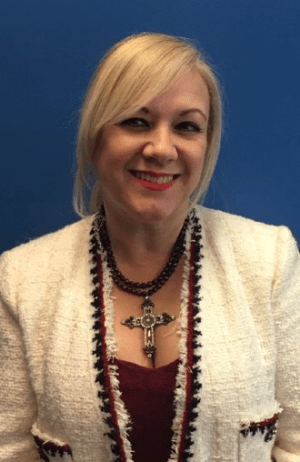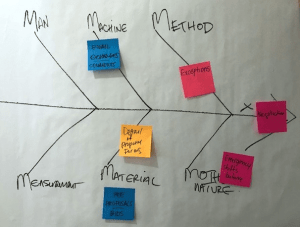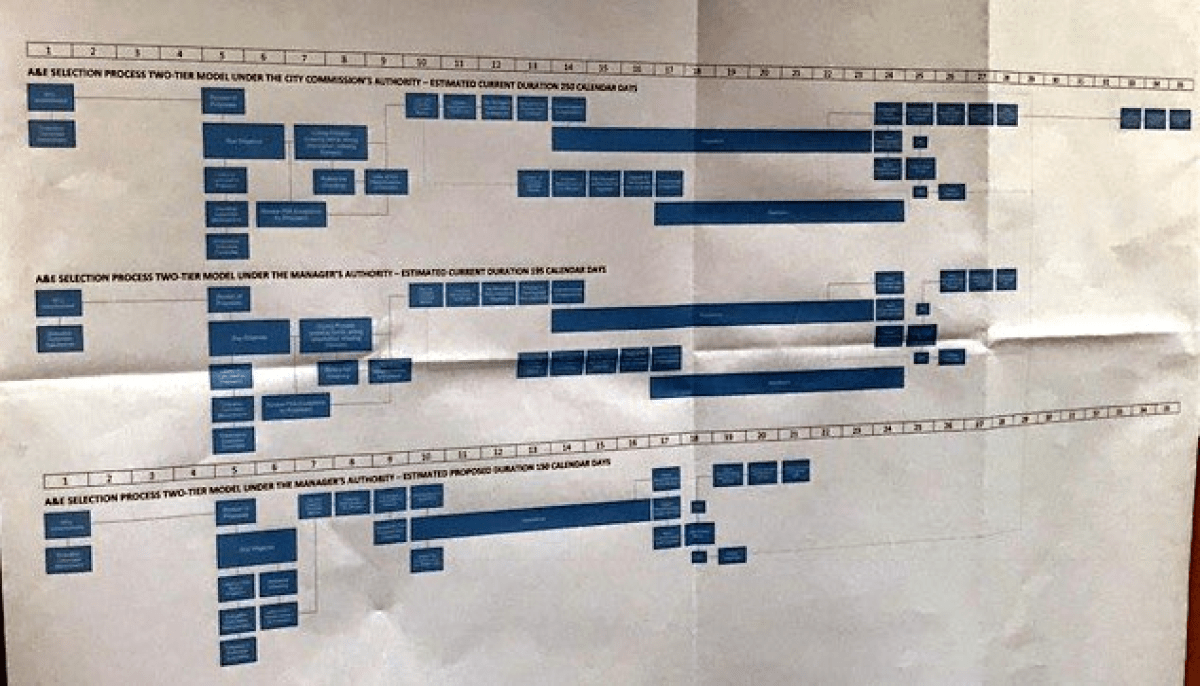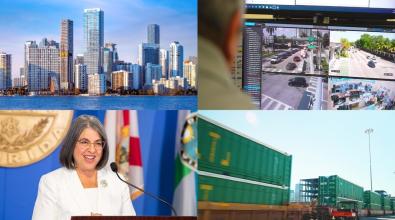What happens when an entire city department is trained to innovate?
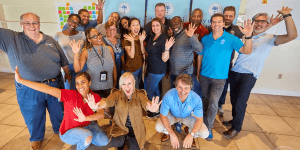
When the Miami Innovation Academy launched a couple of years ago with the aim of teaching city hall workers how to cut waste and inefficiency from their everyday work, Annie Perez went all in. The city’s procurement chief sent her entire department, all 19 employees, through the three-day program.
Today, that training is paying off as Perez’s newly energized teams are fired up about streamlining the procurement process. Through a series of innovations big and small, they’ve chopped days and weeks out of the time it takes Miami to buy things, making it easier for vendors to get paid on time and bringing unprecedented transparency to the city’s contracting.
Bloomberg Cities caught up with Perez last week to hear about how her department is applying what they learned in the innovation training, which is modeled on Denver’s Peak Academy.
Readers interested in learning more can sign up for a virtual conference session on October 22 featuring Perez and Mike Sarasti, a co-founder of the Miami Innovation Academy.
What was your experience like with the Miami Innovation Academy?
We sent a few people to the first session, and I went to the third one. I was completely blown away and could see, right away, that what they were teaching was something that could benefit my department.
When they taught us about process mapping, for example, they split us up into teams and tasked us with mapping out the Planning Department’s process for tree permits. And because there were so many different departments at the table, we were able to look at their process as outsiders and identify the waste and come up with a really good plan.
After the class, I came back to the office and decided that I wanted every single person from my department trained. I can’t do this by myself. They need to be engaged and excited about streamlining our processes and solving some of our own issues.
And how did they respond?
They’re excited about innovating. It’s generated a sense of camaraderie, and people who were shy and didn’t speak up are now speaking up. Previously, some employees might have hesitated to bring forward an idea because they worried someone might laugh at it. What we’ve observed is that people are no longer scared to bring an idea forward.
The whole mentality behind Miami Innovation Academy is that no question is stupid and no answer is wrong. That’s a great message. People are excited because they’re seeing that their ideas aren’t going by the wayside, that we’re taking action on them.
What are some of the ideas and innovations that are percolating up now?
One of the first things we did was look at our procurement process for architecture and engineering services. Although we follow a very strict Florida statute when it comes to these procurements, we felt there were things we could do to streamline the process. So we process-mapped it and, just as we did in the Miami Innovation Academy, included a few outsiders in the exercise. That helped us do a few things right off the bat.
For example, we reduced the forms required as part of the due-diligence process by 40 percent — from 20 forms to 12. We also eliminated something called “cures” — that’s where if you submitted a proposal that’s missing something, we’d send you a letter asking you to fix it. It was adding up to 30 days in our process, and it’s not a best practice in the procurement world. So we eliminated it. That has reduced our process significantly.
We also changed the way we train our liaisons in other departments, who are always changing. It used to be that every new liaison needed to come over to our office and sit with the contracting officer to be trained. It took a lot of time. Now, we’re conducting these training sessions over Skype and, soon, we’ll be taking this overhaul even further by producing Internet videos that help answer any follow-up questions liaisons might have.
Say more about what process maps are and how they’re helping your teams spot new ways to work more efficiently.
We’ll take a huge piece of paper and tape it to the wall. Then, using Post-it notes, we’ll lay out an entire process, step by step, the way it’s done now — the good, the bad, and the ugly. It helps us deconstruct the work and then attack problems.
[Read: Replicating Denver’s Peak Academy: A conversation with Brian Elms]
It’s a way of visualizing an entire process. If you don’t visualize it, it’s easy to forget a step. But if you map every single step, it helps put everything into perspective.
One thing we don’t allow during process mapping is for somebody to say, “I know how to solve this problem.” We keep comments to ourselves. We’re going to lay it out and everybody collectively is going to look at it and see where the waste is, where there could be some efficiencies. We do it as a group.
And the process map is sort of a living thing that stays on the wall?
Yes, it’s living. The process map for architecture and engineering is hanging on the wall in my assistant director’s office. He and his staff are constantly looking at it to decide what to tackle next.
Every time I go in his office, I look at the process map. It’s right there staring at you. It’s huge. You’d never know that some Post-it notes and a long piece of paper could be so enlightening.
What’s your biggest procurement improvement yet?
The biggest was our contract management system. The city was tracking all of our contracts by hand, in an Excel spreadsheet. That’s very dangerous. When I got here, contracts were expiring, bonds and insurance certificates were not up to date. That creates a lot of liability for the city.
Right after the Miami Innovation Academy, our great IT folks informed us that the city’s enterprise software, Oracle, had a contract management module that we weren’t using — and convinced me to give it a try. We mapped out what we wanted the system to do, engaged our employees, and came together, collectively, around what we wanted the system to do. The end result exceeded those expectations, by far.
[Read: Unleashing the creativity of city employees]
Before, we had no reporting mechanism to answer questions like, “How many emergency procurements did you do?” or “How many federal contracts did you procure?” This system allows us to do all those reports. It tracks performance metrics for us. Also, because it’s all online, it’s reduced the number of public records requests we have to handle — we just point people to the link where they can access the contracts database. We have people from other agencies in Florida and as far away as Chicago who want to mirror what we did.
What’s next for the Miami Procurement Department?
We keep innovating. We are about to have our annual retreat and the focus is going to be something we learned about in the Miami Innovation Academy, which is hearing the voice of our customers.
Staff are going to go out to our biggest client departments — police, fire, real estate, general services — and survey them on how we can serve them better. Then, the second half of the retreat is we’re going to split up into teams and we’re going to come up with at least four innovations on how to help our customers.
The Miami Innovation Academy has made a huge imprint on me and my department. We don’t want to stop this train. We’re drafting lists of things that we need to improve and streamline and somehow just do it in a better fashion than we’re doing it now. We’re just really excited. There’s always room for improvement.
